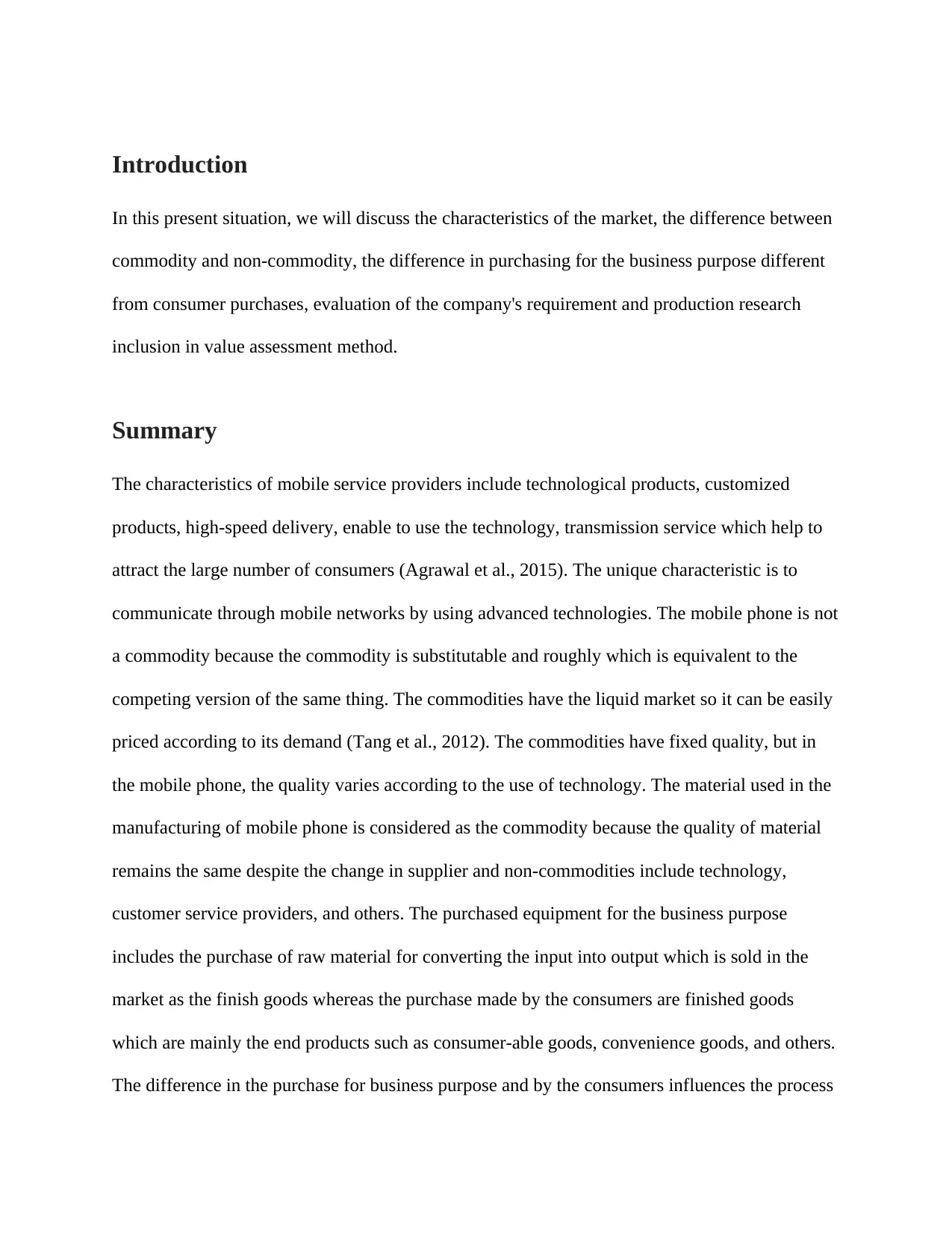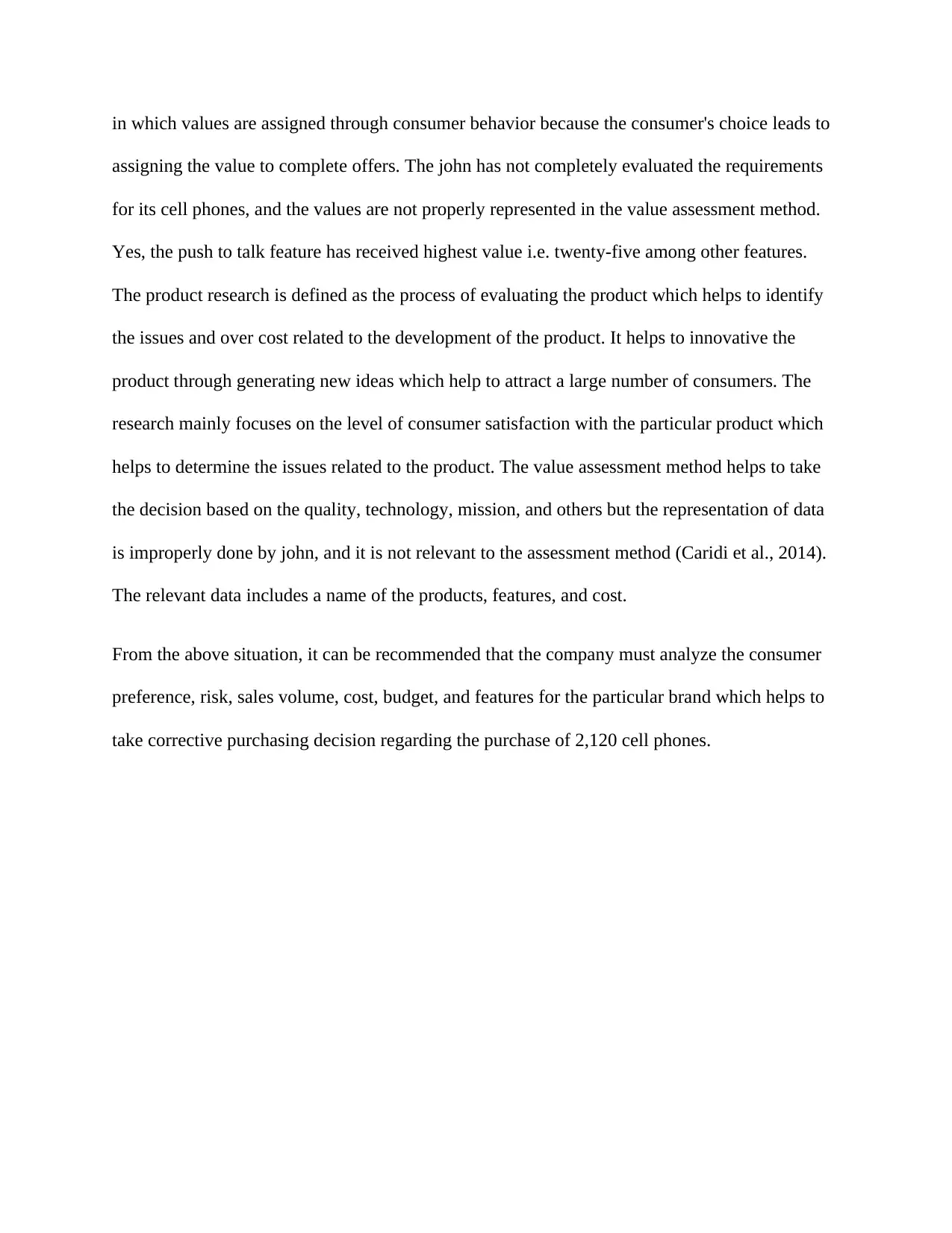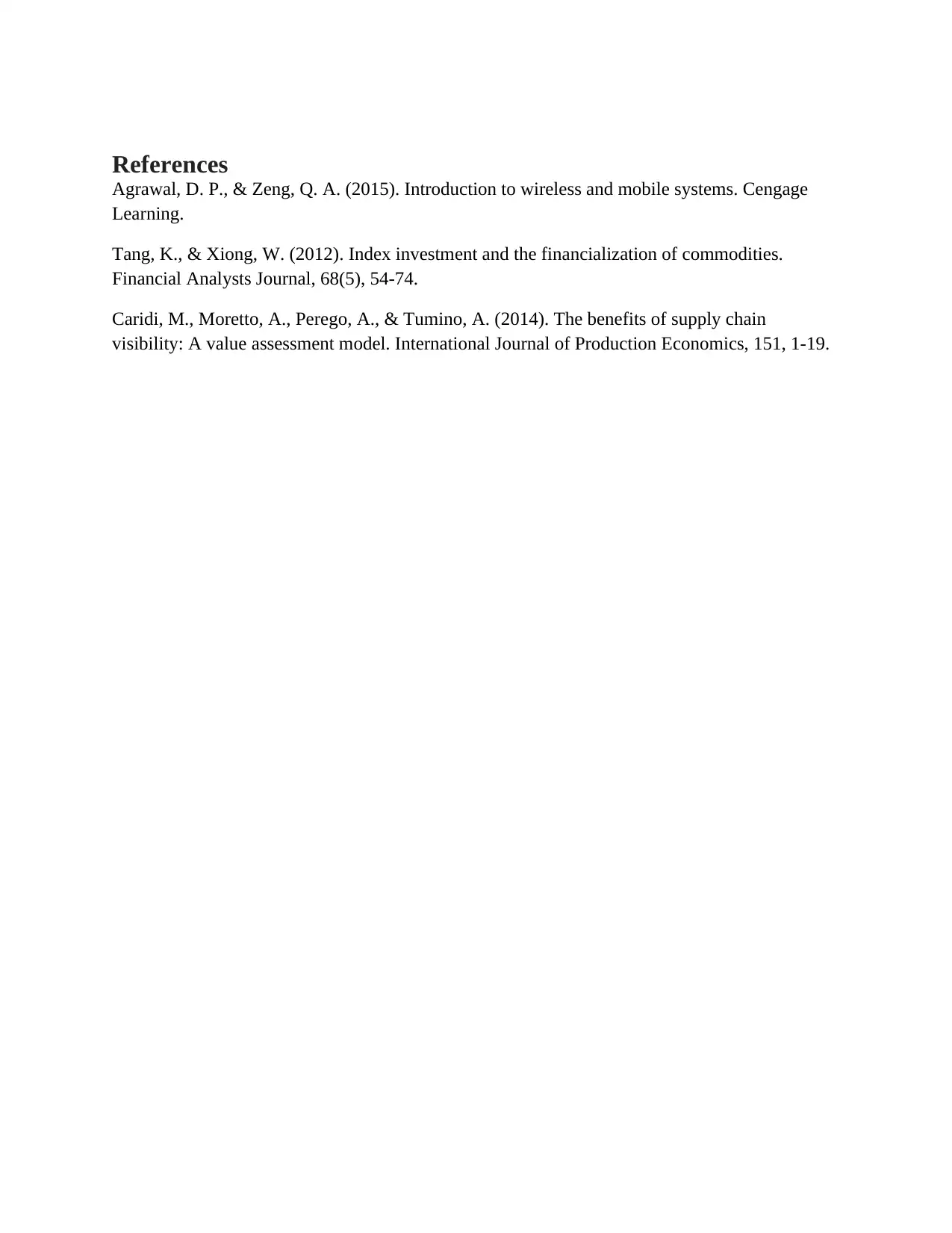Mobile Service Provider: Case Study on Market and Value Assessment
VerifiedAdded on 2019/09/30
|4
|642
|229
Case Study
AI Summary
This case study examines the characteristics of mobile service providers, differentiating between commodity and non-commodity aspects, and analyzing purchasing behaviors in relation to business versus consumer needs. It explores the value assessment methods employed by a company, highlighting the importance of product research and consumer preferences. The case study emphasizes the need for comprehensive data analysis, including consumer preferences, risk assessment, sales volume, and cost considerations, to inform purchasing decisions. The analysis reveals the significance of aligning product features with consumer demands and the impact of these factors on the overall business strategy. The document provides an in-depth analysis of the mobile service provider's market dynamics and suggests improvements in value assessment methodologies.
1 out of 4











![[object Object]](/_next/static/media/star-bottom.7253800d.svg)